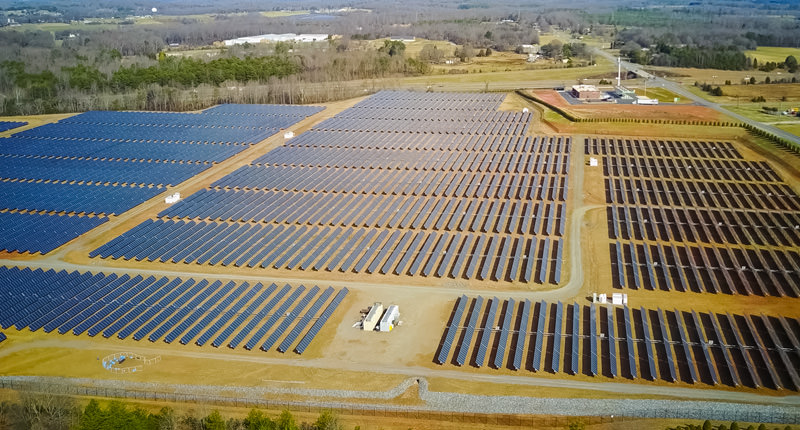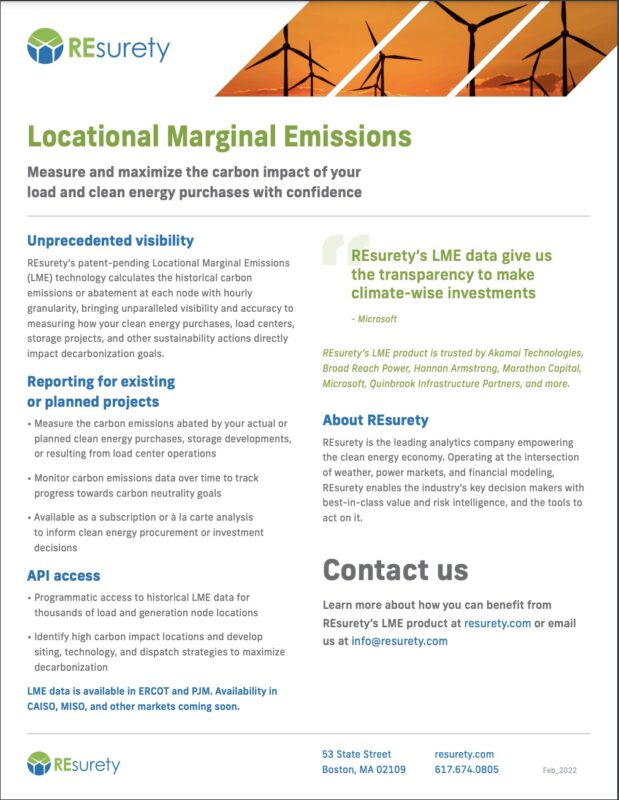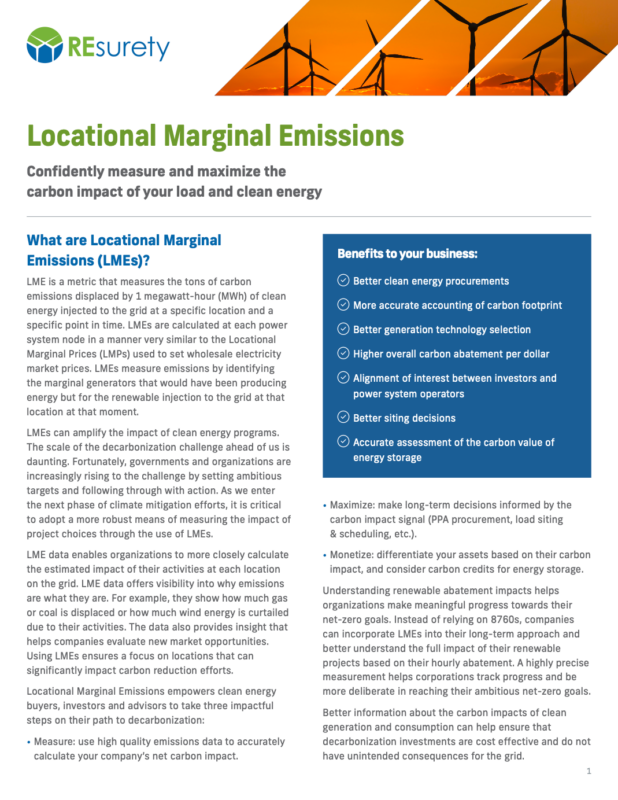
First used with wind projects, a pgPPA manages weather-related risk by settling a facility’s energy transfer based on a proxy generation index, rather than on actual metered generation. Operational risk shifts from buyer to seller.
An innovative financing deal is the latest evidence that solar is entering the mainstream among big institutional investors.
Lightsource bp secured what’s known as a proxy generation power purchase agreement (pgPPA or Proxy Gen) with the Capital Solutions unit of Allianz Global Corporate & Specialty (AGCS), in partnership with Nephila Climate.
The pgPPA covers electricity generated by Lightsource bp’s 153 MW Briar Creek solar farm, under construction in Navarro County, Texas.
In simple terms, a pgPPA is a renewable energy contract designed to manage weather-related risk. In practice, it settles energy transfer from a facility based on a proxy generation index, rather than on the metered generation. That means proxy generation is an hourly index that determines the volume of energy that a project would have produced if it had been operated as specified by the developer or owner.
The arrangement hinges on both the owner and the offtaker agreeing on a set of weather metrics to establish the proxy generation component. In the case of Lightsource bp’s Briar Creek facility, REsurety Inc. will serve as the calculation agent over the life of the contract.
The pgPPA reflects the fact that solar “can stand on its own two feet” and not be so tied either to a purchase power agreement or public policy directive, said Lee Taylor, REsurety’s founder and CEO in an interview with PV Magazine USA.
Early adopters
Taylor said that the pgPPA structure emerged a few years ago in the wind energy sector, and variations are common in agribusiness, as well as ski resorts, among other weather risk-related markets. One of the technique’s first uses in renewable energy was with the 178 MW Bloom Wind facility in Kansas, part of the Southwest Power Pool. U.S. Capital Power operates Bloom Wind under a 10-year fixed price contract with Allianz Risk Transfer that covers 100% of the project’s output.
Under the contract, signed in 2016, Capital Power swaps the market revenue from the wind project’s generation for a fixed annual payment over a period of 10 years. The agreement secures long-term predictable revenues and mitigates generation volume uncertainty related to the intermittent nature of the wind resource.
Taylor said that similar structures have been used on wind projects in PJM and ERCOT in the U.S., as well as in Australia. The Briar Creek deal is considered to be the technique’s first use in a U.S. solar project.
“This deal is a great example of the evolution of renewable energy products here in the U.S.,” said Kevin Smith, CEO of Lightsource bp in the Americas. He said that innovative power contract structures such as virtual and pgPPA’s are “valuable tools we can leverage to meet the needs of our corporate partners, manage risk, and continue to finance and build new solar projects.”
Ariane West, Director of Structured Finance, Nephila Climate, said that risk transfer approaches “are essential to support investment and financing of infrastructure on the scale needed to achieve zero carbon targets.”
Purchase power agreements are commonly used structures between a solar facility’s owners and an energy offtaker, often a utility or large manufacturer. In a variation known as a virtual PPA, contract terms focus on the amount of energy the facility delivers to the grid. Typically, the quantity is measured by an electrical meter at the point of interconnection. By settling the energy delivery at the interconnection point on an “as generated” basis, the buyer is exposed to a number of operational risks.
In a pgPPA, the focus is the amount of energy that should have been delivered to the grid had the plant operated according to equipment efficiency factors and operational best practices. The approach shifts operational risk away from the offtaker and onto the seller.
The pgPPA measures the actual wind or solar resource at the facility. It then runs that measurement through an agreed-to formula that estimates how many megawatthours should have been produced given the facility’s size and operations under best practice standards.
In the case of Briar Creek solar, REsurety is providing the hourly solar radiance data, which will be managed using PVsyst photovoltaic software.
The Briar Creek solar farm is about 40 miles south of Dallas, and is expected to start commercial operation at the end of 2021.
Reposted as in PV Magazine.
Return to the press release main menu.








